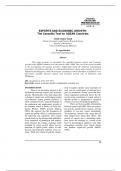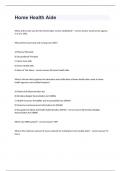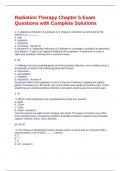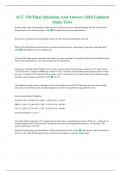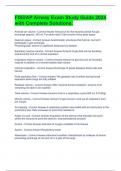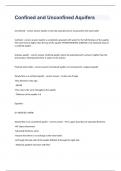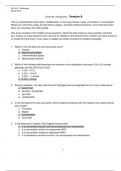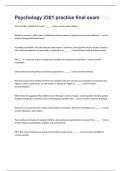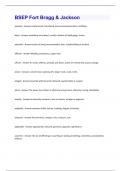Exam (elaborations)
EXPORTS AND ECONOMIC GROWTH: The Causality Test for ASEAN Countries
- Course
- Institution
EXPORTS AND ECONOMIC GROWTH: The Causality Test for ASEAN Countries Abdul Ghafar Ismail Islamic Economics and Finance Research Group Faculty of Economics Universiti Kebangsaan Malaysia D. Agus Harjito Universitas Islam Indonesia Abstract This study proposes to investigate the ca...
[Show more]
